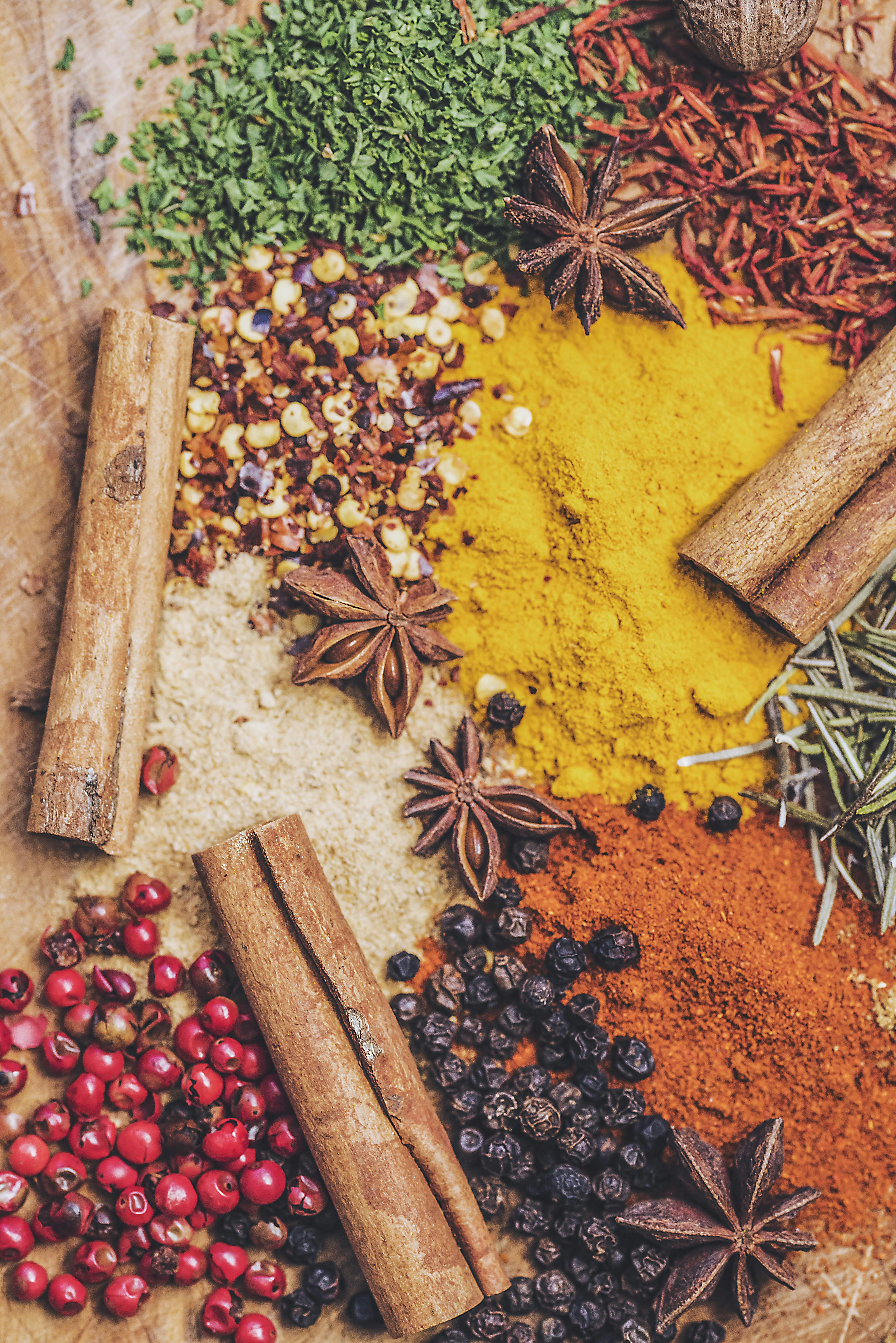The spice trade, an ancient industry that linked far-flung corners of the world, has left an indelible impact on our tables and palates. This “spice trade culinary influence” still echoes in the kitchen of modern times, shaping the way we savor and understand food today.
The story of spice trade begins in the East Indies, where indigenous cultures have used aromatic plants for thousands of years for rituals, remedies, and of course, to add flavor to their food. Traded as precious commodities, spices like pepper, cloves, and nutmeg made their way from Asia to Mediterranean markets, inspiring authentic recipes still adored today. For instance, the impact of the spice trade could be seen in the complex flavors of Japanese cuisine.
Europe’s insatiable taste for these eastern flavors contributed significantly to the Age of Exploration. Adventurous voyages led by Vasco da Gama, and Christopher Columbus turned the spice trade’s purpose from the pursuit of culinary exploration to the pursuit of global dominion. This vast and varied movement had profound influence on culinary cultures around the world, introducing new ingredients like chili peppers to countries like Thailand. This added an extra kick to Thailand’s cuisine, as evident in dishes during the Summer of Spice culinary adventure through Southeast Asia.
Yet, it was not only European cooking patterns that were changed by the spice trade. Spices found in the New World, particularly cloves and nutmeg from the Moluccas, were popularized in Middle Eastern cuisine. Countries like Morocco, where dishes feature a dazzling array of spices, owe a culinary debt to the ancient spice traders in this regard. Our exploration of vegetarian and vegan dishes across the Middle East beautifully highlights this influence.
As the Spice Route expanded, it wasn’t just spices moving along these trade lines. Tea from China, coffee from Africa, and chocolate from South America – these essential elements of contemporary world cuisine were popularized through these routes and continue to symbolize culinary diversity and connection. The gastronomic adventures across tea cultures around the world, for example, echo this flavorful journey.
The spices’ voyage across the globe was not a simple culinary adventure. It was a voyage that redrawn geographical boundaries, mingled cultures, and ultimately shaped our global food heritage. It found a home in every kitchen around the world, from the street food in India to the fall pies in North America. Its influence can be tasted in dishes during a culinary travel adventure, reminding us that our cuisines are not isolated, but rather a rich tapestry of global exploration.




